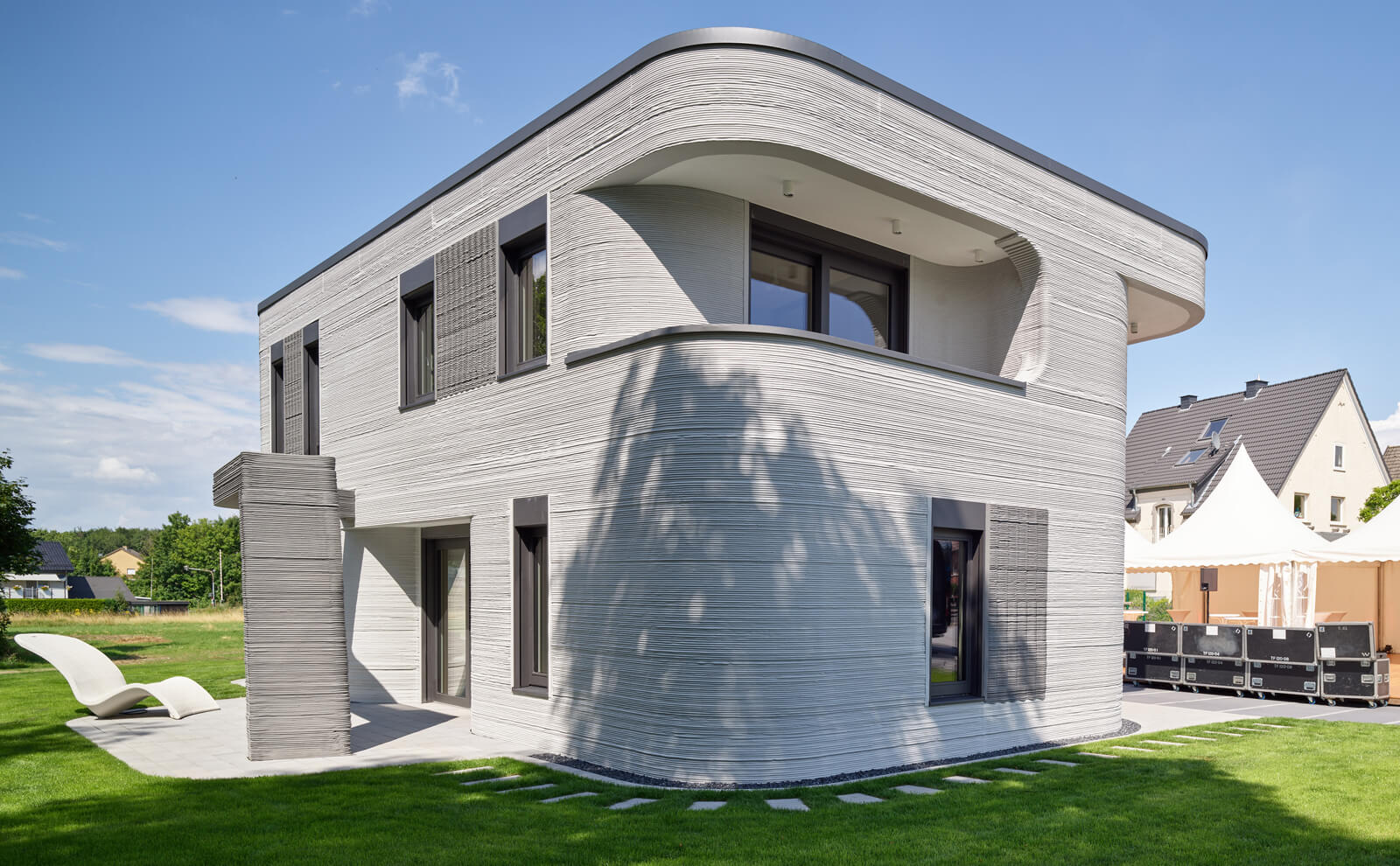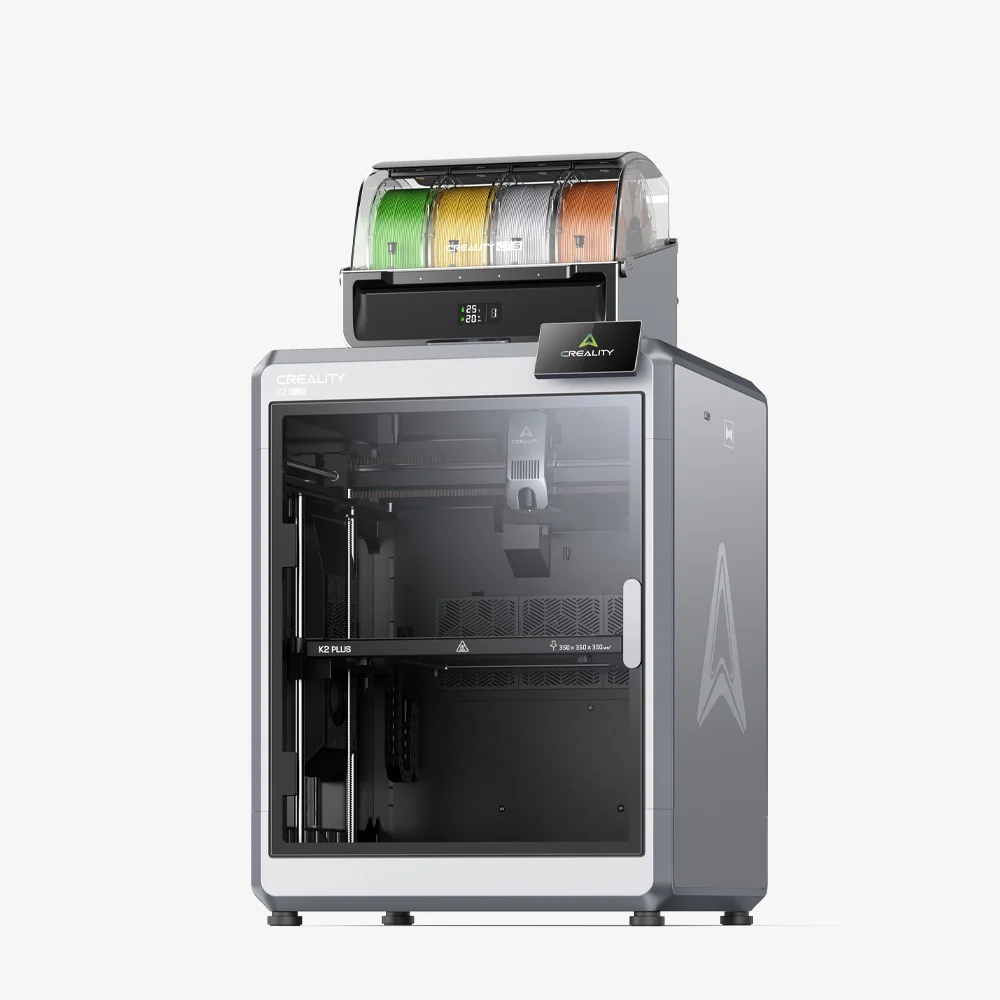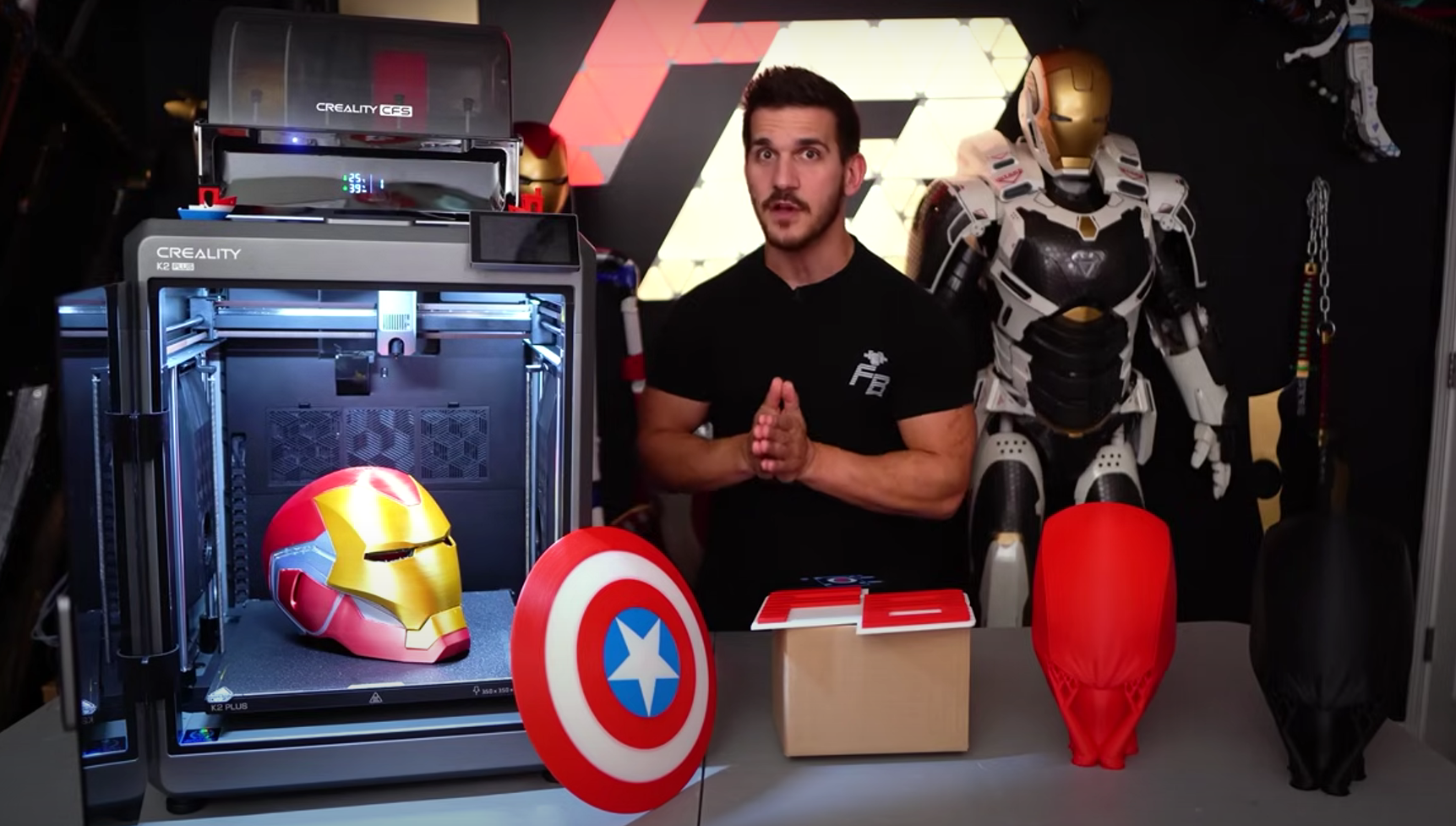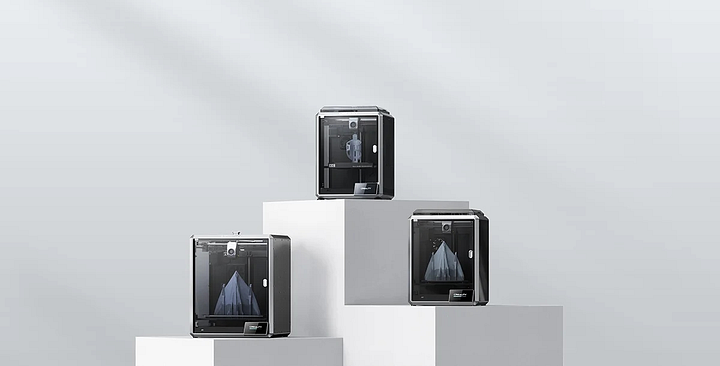Technology is developing so fast now, and the application scope of 3D printers has also exceeded those small and simple manufacturing. You can hardly imagine that houses no longer need to be built manually, but you can use 3D printing technology to build the comfortable house you want! This is a major breakthrough. The emergence of 3D printed houses will allow us to reduce a lot of costs, enhance design possibilities, and most importantly, solve our housing affordability problem! As an evangelist of the 3D printing industry, Creality will take you to explore what is a 3D printed house, how it is built, its advantages and limitations! Let's enter the 3D printed house.
Introduction to 3D Printed Homes
The concept of 3D printed homes has been gaining traction in recent years, revolutionizing the construction industry with its innovative approach to building affordable housing. A 3D printed home is a residential building constructed using 3D printing technology, which involves layering materials such as concrete or wood to create a physical structure. This process is more cost and time efficient than traditional construction techniques, making it an attractive solution for addressing the global housing shortage.

What Is a 3D Printed Home?
A 3D printed home is a structure built using 3D printing technology, where layers of material (usually concrete, cement, or other building materials) are deposited by large-scale 3D printers to form walls, floors, and other structural components.
Instead of traditional construction methods like bricklaying or using prefabricated panels, 3D printing relies on computer-aided design (CAD) models to produce precise and customizable housing structures. Specialized printers, often mounted on rails or robotic arms, extrude the material in layers until the structure is complete. This process prints the walls and other components from digital blueprints, ensuring accuracy and efficiency.
How Are 3D Printed Homes Built?
Designing the Structure
The process begins with a CAD model, where architects and engineers create the blueprint for the house. These designs can include specific dimensions, shapes, and structural details tailored to the homeowner’s needs.
Preparing the Printer and Materials
Large-scale 3D printers, such as gantry-style or robotic arm models, are brought to the construction site. These machines are equipped to handle building materials like concrete or composite mixes, which are formulated for fast drying and structural integrity.

Layer-by-Layer Printing
The printer follows the CAD design to lay down material layer by layer. It starts with the foundation and moves upwards, forming walls, partitions, and other architectural features. The process is highly automated, requiring minimal human intervention.
Adding Finishing Touches
Once the structure is printed, traditional construction methods are used to add finishing elements like windows, doors, roofing, plumbing, and electrical systems.
Types of 3D Printed Structures
3D printing technology is not limited to building homes; it can be used to create various types of structures, including commercial buildings, bridges, and even wind turbines. The technology can also be used to print individual components, such as walls, roofs, and floors, which can be assembled on-site to form a complete structure. Additionally, 3D printing can be used to create complex structures, such as curved walls and intricate designs, which would be difficult or impossible to achieve using traditional construction methods.

The Benefits of 3D Printed Homes
Cost-Effectiveness
One of the most significant advantages of 3D printed homes is their affordability. By automating construction and reducing material waste, costs can be cut by up to 30-50% compared to traditional methods.
Speed of Construction
3D printing can significantly reduce the time required to build a house. While traditional construction may take months, a 3D printed home can be completed in a matter of days or weeks, depending on the size and complexity of the design.
Sustainability
-
Reduced Material Waste: The precise extrusion process minimizes waste, making it an environmentally friendly option.
-
Eco-Friendly Materials: Many projects utilize recycled or biodegradable materials to further reduce their ecological footprint.
Customization
Homeowners can easily personalize their designs. From unique architectural features to adaptable layouts, 3D printing offers unprecedented design flexibility.
Accessibility
For regions facing housing crises or natural disasters, 3D printed homes provide a quick and affordable solution, offering shelter to communities in need.
Challenges of 3D Printed Homes
While the technology is promising, it comes with its share of challenges:
Limited Material Options
Currently, most 3D printed homes rely on concrete or similar materials. Expanding the range of materials that can be used safely and effectively remains a challenge.
Regulatory Hurdles
Local building codes and regulations may not yet accommodate 3D printed construction. Adapting these rules will be essential for widespread adoption.
Infrastructure and Equipment Costs
While the homes themselves may be cost-effective, the initial investment in large-scale printers and specialized materials can be a barrier for many developers.
Skilled Labor Requirements
Although 3D printing reduces the need for manual labor, skilled operators and technicians are required to oversee the process and ensure quality control.
Technology and Innovation in 3D Printing
The 3D printing process involves using a robotic arm to deposit layers of material, such as concrete or wood, to create a physical structure. The printer uses a converted blueprint or CAD drawing to guide the printing process, ensuring accuracy and precision. Technology has advanced significantly in recent years, with the development of new materials and printing techniques that enable faster and more efficient construction. For example, some 3D printers can print up to 500 pounds of material per hour, making it possible to build a house in a matter of days.
Examples of 3D Printed Homes Around the World
ICON’s Community in Mexico
ICON, a pioneer in 3D printed construction, created a neighborhood of 3D printed homes in Tabasco, Mexico, providing affordable housing for low-income families.
Dubai’s 3D Printed Office Building
Dubai has embraced 3D printing in construction, including a fully functional office building printed in just 17 days.
The Netherlands’ “Project Milestone”
In Eindhoven, a series of 3D printed homes has been built as part of Project Milestone, demonstrating how 3D printing can meet urban housing needs.
Commercial and Residential Applications
3D printing technology has a wide range of commercial and residential applications, from building affordable housing to constructing complex commercial structures. The technology can be used to create sustainable and energy-efficient buildings, reducing the environmental impact of construction. Additionally, 3D printing can be used to create customized buildings, tailored to the specific needs of the client. For example, a 3D printed house can be designed to meet the specific needs of a family, with customized features such as extra bedrooms or a larger living area.
The Role of Creality in 3D Printing Innovations
While Creality specializes in desktop 3D printers for hobbyists, professionals, and businesses, the principles of additive manufacturing in construction align closely with our mission to make 3D printing accessible and impactful.
Empowering Builders with Models and Prototypes
With Creality’s 3D printers, builders and architects can create precise scale models of homes before full-scale construction. This allows for better planning and visualization.
Accessing Designs on Creality Cloud
CrealityCloud provides a platform for designers and enthusiasts to share and download models, fostering creativity and collaboration within the 3D printing community.
Shop Cutting-Edge Printers
Visit Creality Store to explore our range of FDM 3D printers, resin 3D printers, and other accessories. While not intended for full-scale home construction, Creality’s printers are ideal for creating prototypes, tools, and decorative elements for modern homes.
The Future of 3D Printed Homes
The future of 3D printed homes is bright, with advancements in materials, printer technology, and regulatory frameworks paving the way for widespread adoption. As this technology evolves, it holds the potential to address global housing shortages, reduce environmental impact, and redefine modern architecture.
Conclusion
A 3D printed home represents a bold step forward in construction technology, offering a blend of innovation, efficiency, and sustainability. As companies like Creality continue to push the boundaries of 3D printing, we are excited to see how this technology will shape the world of tomorrow.
If you’re inspired by the possibilities of 3D printing, explore our offerings at store.creality.com and join the growing community at crealitycloud.com. Whether you’re printing prototypes or pursuing creative projects, Creality is here to support your journey in the world of 3D printing.

